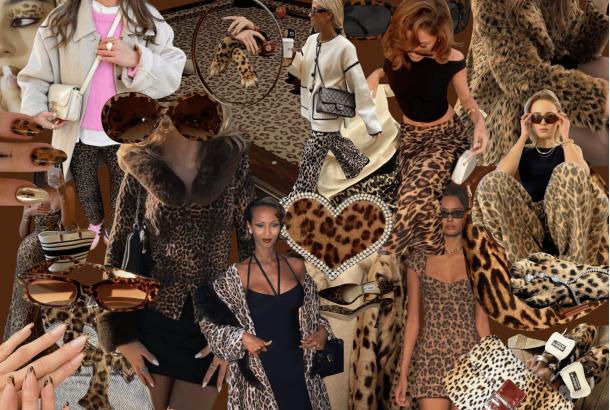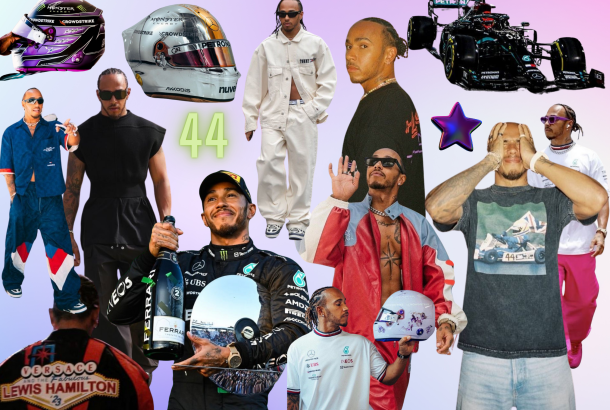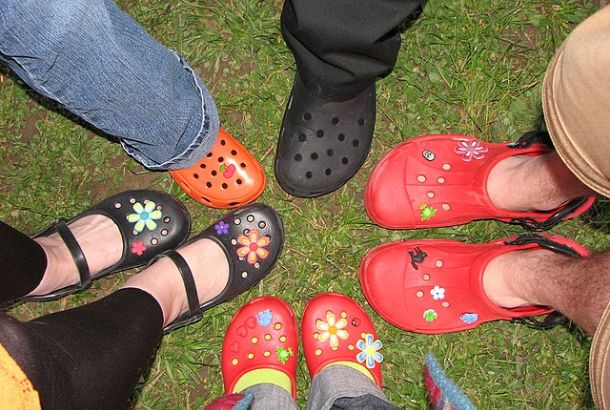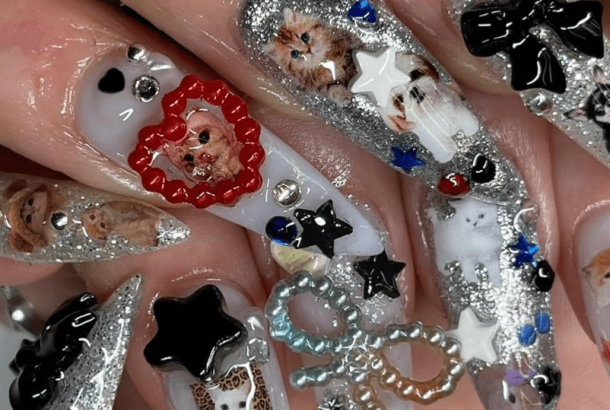The Beauty Trap
By Caitlin Noon
‘Am I beautiful?’ I speculated as I examined myself in the mirror. From a young and impressionable age I have been bombarded with society’s standards and ideals of what makes a woman beautiful. The slender figure, the smooth skin, the blonde hair; that’s every female adolescent’s fantasy, isn’t it?
Nancy Etcoff once said that ‘no definition can capture beauty entirely’. The female body is a medium of culture where a woman faces pressures to meet certain standards of beauty in society. Women have historically attempted to change their bodies to conform to a particular era’s epitome of beauty, from the Rubenesque curvaceous body of the 1600s to the elf-like slender body of the 21st century. In current Western culture, plumpness is considered unideal, and as symbolising a lack of willpower. As women, we tend to internalize standards of beauty and judge ourselves to the point of self-hatred. This accomplishes nothing but distorted views about how our bodies and faces should look. I asked Lana Ekkes, age 16 from London, if she had personally tried to achieve society’s ideals of beauty,
‘Weight has always been a major thing for me. When I was in infant school, my best friend was stick thin and very pretty. I didn’t really know what weight was but I knew that she was different from me and that she had better physical traits than me. I wanted to be more like her. I now limit the amount of calories I intake depending on whether I have gained or lost weight. I also maintain a daily exercise regime.’
The ability of media publicising to affect adolescents today has advanced through many different means. Digital editing has created a fabricated ideal of women that is impossible to achieve. Celebrities, good or bad, have been made ‘role-models’ for young adults such as myself and are presented as people that should be emulated.
Adolescent girls have become a major target for commercial companies because they are new and inexperienced consumers. They are in the process of learning their values and roles, and developing their identity. Publicists are aware of their role and do not hesitate to take advantage of the insecurities and anxieties of young girls. This is done by offering solutions to their apparent inadequacies. One of the many impacts this marketing strategy can have on adolescent girls begins with lack of self-esteem, comparing their looks with that of an airbrushed model, conceal what they believe to be an imperfection, excessively diet and exercise, undergo cosmetic surgery and, in extreme cases, can develop mental illnesses.
The number of young adults pursuing cosmetic surgery has significantly increased over the past two decades. According to the American Society of Plastic Surgeons, more than 300,000 people aged 18 years or younger underwent either major or minor plastic surgical procedures in 2012. People generally turn to cosmetic surgery because they’re not happy about the way they look. Teens who have cosmetic procedures — such as otoplasty (surgery to pin back ears) or dermabrasion (the camouflage of acne scars) — feel more comfortable with their appearance after the procedure. The most common procedures teens choose include nose reshaping, ear surgery, acne scar treatment, and breast enlargement. What most teens don’t know, or choose to ignore, is that a person’s body continues to change throughout the teen years. Body parts that might appear too large or too small now can become more proportionate over time.
Women are not the only susceptible victims of the Beauty Trap. It is estimated that about 45% of Western men are unhappy with their body to some degree, compared with only 15% 25 years ago. Gay men, models, dancers and athletes are particularly vulnerable to poor body image or feeling insecure about their body. This is because they are more likely to be judged (or believe they will be judged) according to their appearance. 17% of men are on a weight loss diet at any given time. But men also worry about being muscular. A desire to fit the ideal masculine image of lean muscularity means that over-exercising and the use of dangerous and illegal drugs (like steroids) are on the rise. Some researchers say that men with a greater preference for traditional masculine roles are more likely to be fixated with bulking up, while men who display a greater adherence to traditional feminine roles are more likely to have slimming disorders like anorexia nervosa. I asked Cameron Fletch, age 14 from Michigan, whether he had personally tried to achieve society’s ideals of beauty,
‘’I do want to be thinner and I’m pretty sure this has to do with society valuing thinness so much. I used to make myself vomit up whatever I ate in order to get thinner.’’
So is there any way to stop the poisonous transmission of society’s ideals of beauty? No. But there are ways that can help female, and male, adolescents put these ‘perfect’ idealisations into perspective. We need to be aware of what celebrity images or commercials have been digitally enhanced; to be shown that they have imperfections too. We need to know that excessive exercise and dieting is not the way to a ‘perfect’ figure. We need to embrace our originality and individualism in order to teach young girls of today that beauty is more than just a pretty face. Beauty is in the eye of the beholder. Beauty is your warm and loving family. Beauty is the sensation of falling in love. Beauty is art and knowledge and creation. Beauty is existence. Don’t be your own worst enemy.







